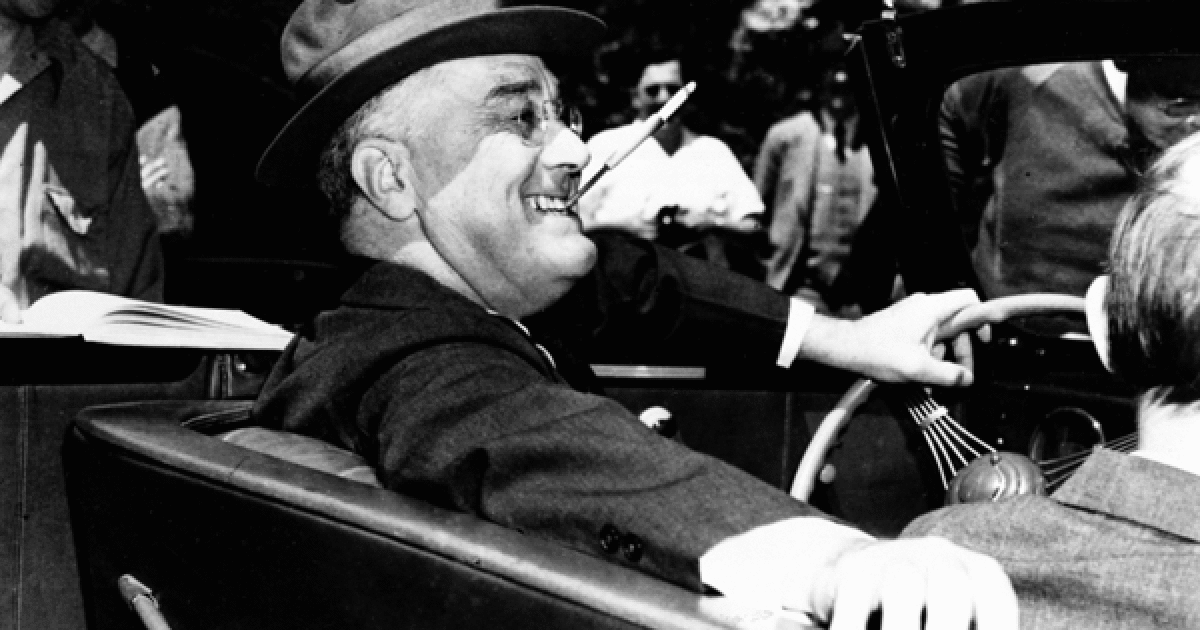The solution has to fit the problem though and this didn't. It just made the problem worse in this case as I would be pissed off at my kid for being disrespectful if that was me, but even moreso at the teacher for how she handled it.
Would your kid have cursed at teachers?
Here's proof of what I said about a tap on the wrist.
There is 'hitting' and there is 'hitting.'
We've all heard jokes about Nuns in Catholic schools and their rulers......kids seem to have recovered and done just fine.
And the record of parochial schooling is outstanding.
- Many Catholic families joined the middle-class exodus from blighted communities, and few such schools were fund in the suburbs. “…middle-class Irish and Italian families started moving to the suburbs, leaving urban Catholic schools to cater to a majority of lower-income blacks and Hispanics.” http://www.time.com/time/nation/article/0,8599,1929589,00.html#ixzz0fid3CTtg
- Americans were migrating from the Northeast to western and southern states, which had no history of Catholic education.
- The liberalization of the Church after Vatican II dimmed the sense of obligation to educate their children in parochial school. And resulted in fewer entering religious vocations resulted in higher tuition. “In 1950, 90% of the teachers in Catholic schools came from religious orders; by 1967, the figure was 58%; today, it is 4%. This shift has meant that schools have had to raise tuition in order to pay more lay teachers. “http://www.time.com/time/nation/article/0,8599,1929589,00.html
- The general revolt against authority in the culture begged the question of sending children to the most authoritarian and dogmatic educational milieu.
«In 1981, James Coleman published the first significant finding that Catholic schools were more effective at education. (James S. Coleman, "Public Schools, Private Schools, and the Public Interest,"
The Public Interest No. 64 (Summer 1981).
e. Urban parochial schools were serving a growing share of disadvantaged and frequently non-Catholic youngsters. In a study published in 1990, for example, the Rand Corporation found that,
of the Catholic school students in these Catholic high schools in New York City, 75 to 90 percent were black or Hispanic.
Over 66 percent of the Catholic school graduates received the New York State Regents diploma to signify completion of an academically demanding college preparatory curriculum, while only about 5 percent of the public school students received this distinction;
The Catholic high schools graduated 95 percent of their students each year, while the public schools graduated slightly more 50 percent of their senior class;
The Catholic school students achieved an average combined SAT score of 803, while the public school students' average combined SAT score was 642;
60 percent of the Catholic school black students scored above the national average for black students on the SAT, and over 70 percent of public school black students scored below the same national average.
« More recent studies confirm these observations.
http://www.heritage.org/research/urbanissues/bg1128.cfm
"Classes in Catholic parochial schools tended to be larger than in private schools in general. More than 62 percent of the Catholic parochial schools had an average class size of 25 or more, a substantially higher proportion than private schools overall (36 percent)."
Private Schools in the United States: A Statistical Profile, 1993-94 / Catholic-Parochial Schools
"Catholic schools are attractive to non-Catholics for several reasons, parents and Catholic educators say. They offer the close supervision and small classes of private schools at a fraction of the cost - often as little as $1,000 a year. Most important, along with academics, many parents say, is that Catholic schools provide discipline and instruct students in morals and values through their religious teaching."
More Non-Catholic Students Trying Catholic Schools (Published 1987)
Bring back rulers!!!!!!!!!

